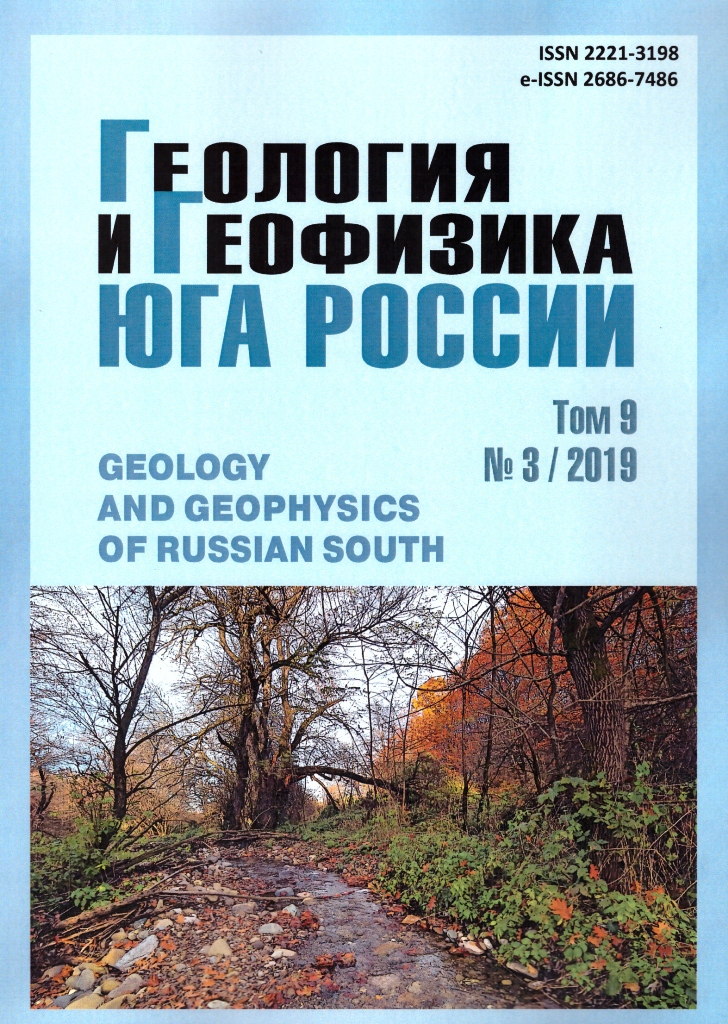Features of the 1976 and 2011 Van earthquakes, swarm seismicity and S-wave attenuation field
Keywords:
coda waves, Q-factor, S-wave attenuation field.
Abstract
The earthquake sources position (1976 and 2011) and swarm seismicity near Van Lake in the background inhomogeneities of S-wave attenuation field is considered in the work. The attenuation field was obtained by the method of short-period coda waves, when the attenuation field distribution in the upper mantle is built using of coda waves envelopes of many earthquakes. In the Van Lake area, the same features of the structure of the S-waves attenuation field in the mantle, as in other seismically active zones, are revealed. The blocks of weak attenuation which is isometric in plan, where the attenuation decreases in the direction from the boundaries to the center and Q-factor reaches 300 and even 700 detected. The wide zone located to the north of 39 N (QS ~ 80-110) is most noticeable among the zones of strong attenuation. Short linear zones of strong attenuation, oriented in the SW-NE and SW-NW directions, were also identified. Usually sources of the strongest earthquakes, including the earthquakes of 1976 and 2011, localized in the zones of maximum attenuation contrast, on the block and weakened zone boundaries. The seismic situation preceding the earthquake of 1976 differed from that before the earthquake of 2011. In the first case, one year before the main shock to northeast from the source, a seismic gap formed.In the second case, weak earthquakes were not stopping in the source zone during the previous year.A few months before the main shock a swarm series of earthquakes occurred to the north-west of the source area. It is assumed that swarms associated with the migration channels of deep fluids of increased conductivity. Such objects can be interpreted as local seismogenic sources.
Published
2019-10-25
Section
Articles


